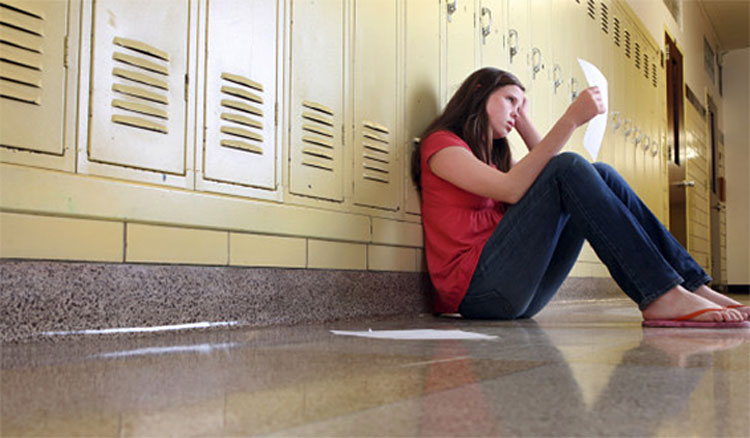Below is an idea shared at a training session I attended last school year:
- When a child doesn’t know how to read, we teach.
- When a child doesn’t know how to ride a bike, we teach.
- When a child doesn’t know how to add, we teach.
- When a child doesn’t know how to behave, we punish?
That last line certainly caused me to reflect on my past practices as an educator and even as a parent.
SUESD, like districts across the state and country, has made a concerted effort to reduce the number of student suspensions in our schools. For example, in the six-year period between the 2011-12 school year and the 2016-17 school year, our district suspended just over seventy-four (74) students per year on average. Last year, in 2017-18, we suspended only thirty-two (32) students district wide.
Why the focus on this data point?

“Students who are suspended tend to fall behind academically, are less likely to graduate and are more likely to end up in the criminal justice system, costing California taxpayers billions of dollars in reduced economic productivity and criminal justice and social costs, according to a 2017 report by The Civil Rights Project at UCLA.”
We’ve worked hard as a district to lower the suspension rate. The real credit goes to teachers, site support staff, and site administrators. They are the ones with “boots on the ground” working with students of all backgrounds. The goal of fewer suspensions is a paradigm shift. It wasn’t all that long ago that schools were forced to operate under a “zero-tolerance” mindset. The current focus has asked all of us who work in schools to consider if suspending a student has successfully ever changed their behavior. Is suspension an effective deterrent?
Dr. Lurena Brubaker, our district’s Director of Student Services, explains that “there has been much discussion in recent years regarding the efficacy of suspending students for adverse behaviors. Here’s what we know from the research: Suspensions do not get at the causes of a student’s behavior. If we are indeed ‘committed to ensuring that each student develops the skills and confidence for lifelong achievement and is prepared to make a positive contribution to our world,’ as our District Mission Statement states, then we must teach students more than just their ABC’s. We must also model the value of empathy, respect, honesty, etc., through such suspension alternatives as restorative practices. This approach doesn’t mean that discipline is not necessary but that every deed that has previously been solved through suspension is an opportunity to teach a skill set that will be necessary for the future success of the student.”
We are heavily invested in learning about alternatives to suspension and engaged in continuous learning on the subject. We are taking steps and implementing programs designed to be proactive and help prevent the types of behaviors that used to trigger suspensions. Some of these include implementing Positive Behavioral Interventions & Supports (PBIS), Where Everybody Belongs (WEB), adding a School Counselor at New Brighton Middle School and additional counseling interns to serve elementary schools, funding a new Teacher-On-Special-Assignment position focused on Social-Emotional Academic Development (SEAD), and contracting with a consultant with expertise in the area of Restorative Practices. Restorative Practices is directly related to something you may have previously heard of, Restorative Justice. The concept is key to ensuring that we still hold students accountable for their behavior, but in a way that is less about punishment and more about helping students to become reflective and being responsible to the school community.
Again, I want to give credit to where credit is due, and that is to our teachers and school support staff, including administrators. They have had to learn and apply on the fly. We are all learning. I have just started reading a book titled, Better Than Carrots or Sticks (Restorative Practices for Positive Classroom Management) by Smith, Fisher, and Frey. I am hopeful the book will provide even further insight into how best to hold students accountable while also moving away from punitive practices.